In Fig. the electric field lines on the left have twice the separation of those on the right. (a) If the magnitude of the field at A is 60 N/C, what is the magnitude of the force on a protorn at A? (b) What is the magnitude of the field at B?
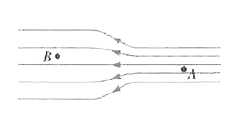
(a) 9.6×10−18N, (b) 30 N/C
Topper's Solved these Questions
- ELECTRIC CHARGES AND FIELDSBOOK - RESNICK AND HALLIDAYCHAPTER - ELECTRIC CHARGES AND FIELDSEXERCISE - Practice Questions (Single Correct Choice Type)
45 Videos
- ELECTRIC CHARGES AND FIELDSBOOK - RESNICK AND HALLIDAYCHAPTER - ELECTRIC CHARGES AND FIELDSEXERCISE - Practice Questions (More than one correct Type )
3 Videos
- ELECTRIC CHARGES AND FIELDSBOOK - RESNICK AND HALLIDAYCHAPTER - ELECTRIC CHARGES AND FIELDSEXERCISE - Check points
9 Videos
- ELASTICITYBOOK - RESNICK AND HALLIDAYCHAPTER - ELASTICITYEXERCISE - PRACTICE QUESTIONS (Integer Type)
3 Videos
- ELECTRIC POTENTIALBOOK - RESNICK AND HALLIDAYCHAPTER - ELECTRIC POTENTIALEXERCISE - (PRACTICE QUESTIONS) Integer Type
1 Videos
Similar Questions
Knowledge Check
What is the magnitude of 100 N force?
A10B25C50D100In the electric field shown in figure, the electric field lines on the left have twice the separation as that between those on the right. If the magnitudes of the fields at point A is 40NC−1, calculate the force experienced by a proton placed at point A. Also find the magnitude of electric field at point B
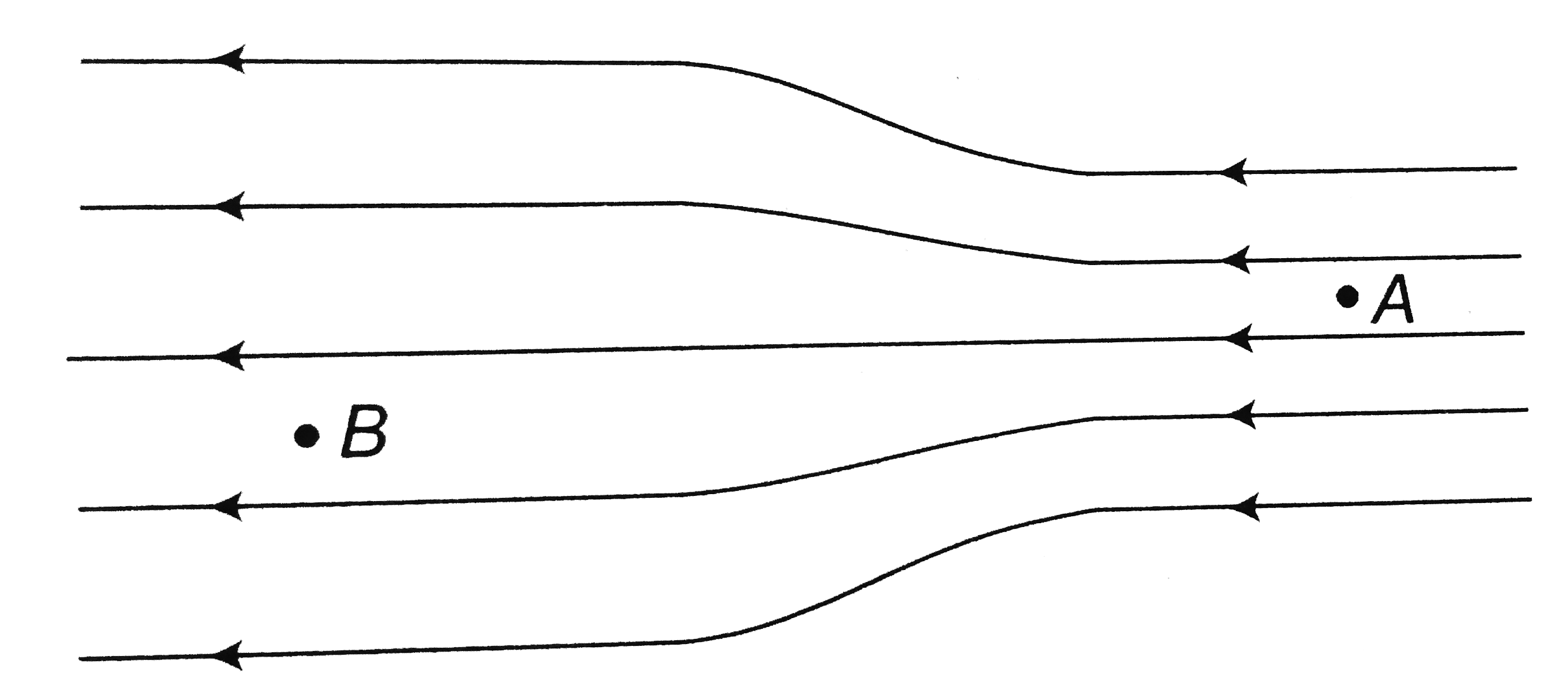 A15NC−1B20NC−1C25NC−1D30NC−1
A15NC−1B20NC−1C25NC−1D30NC−1Fig. shows field lines of an electric field, the line spacing parallel to the page is same every where. If the magnitude of the field at A is 40 N/C, then the magnitude of the field at B is approximately
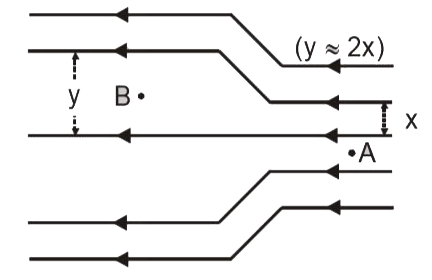 A40 N/CB80 N/CC20 N/CDcan not be determined
A40 N/CB80 N/CC20 N/CDcan not be determined
In fig, two particles, each of charge -q are arranged symmetrically about the y-axis, each producing an electric field at point P on the y-axis.
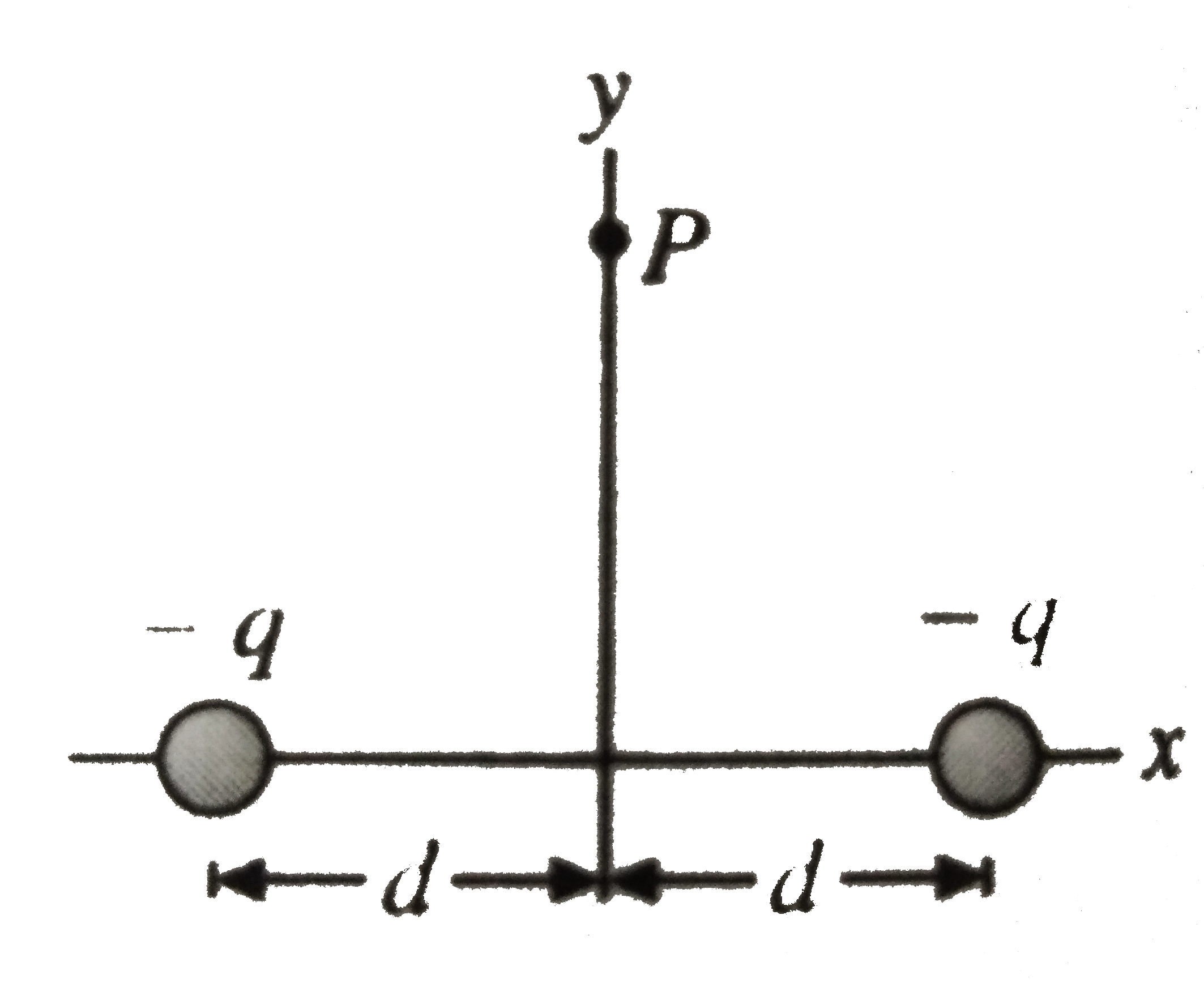 .
.
(a) Are the magnitudes of the fields at P equal?
(b) Is each electric field directed towards or away form the charge producing it ?
(c ) Is the magnitude of the net electric field at P equal to the sum of the magnitudes E of the two field vectors (is it equal to 2E)?
(d) Do the x-components of those two field vectors add or cancel?
(e ) Do their y-components add or cancel?
(f) Is the diretion of the net field at P that of the canceling components or the adding components?
(g) What is the direction of the net field?
View SolutionTwo forces each of magnitude 2N, act at an angle of 60∘. What is the magnitude of the resultant force ?
View SolutionFind the magnitude of magnetic force on the frame, as shown. The magnetic field acting as shown:

View Solutionthe electric field intensity at apoint in space is equal in magnitude to :
View SolutionIn the following graph , the magnitude of maximum electric field is

View Solution

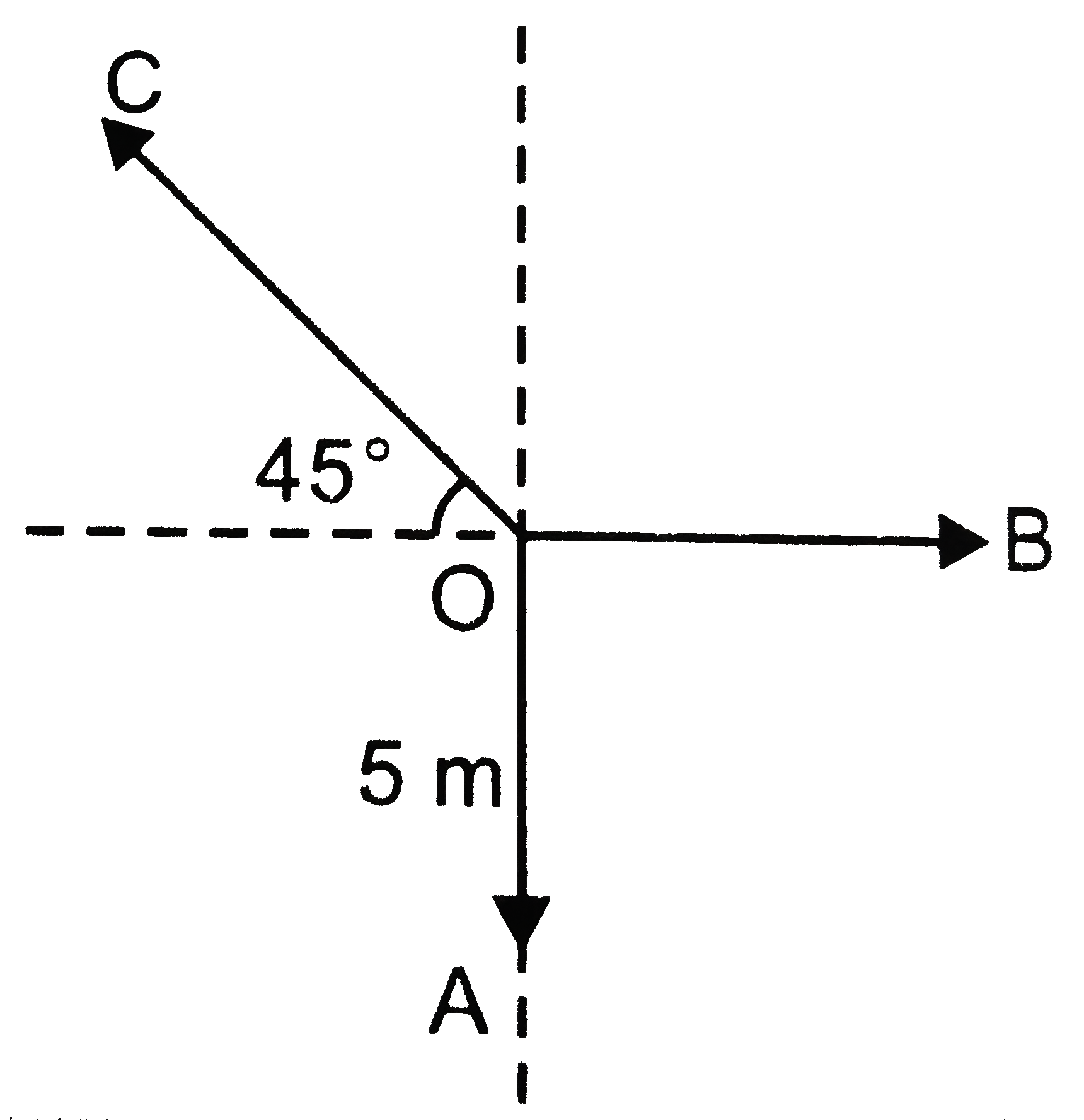 .
.